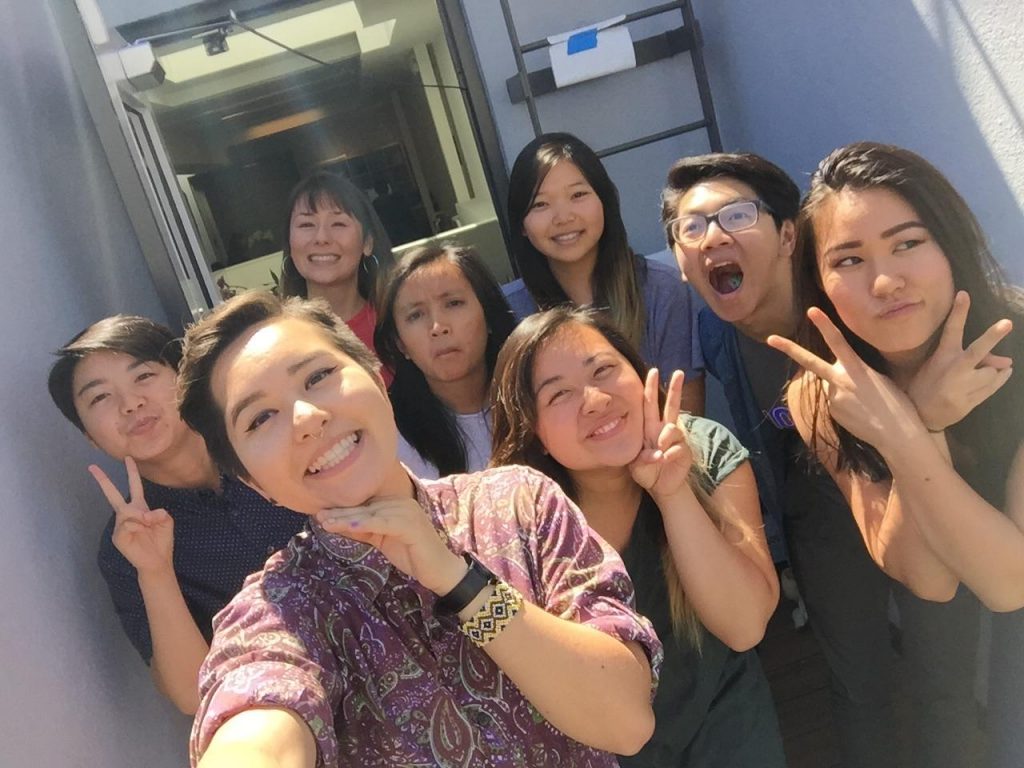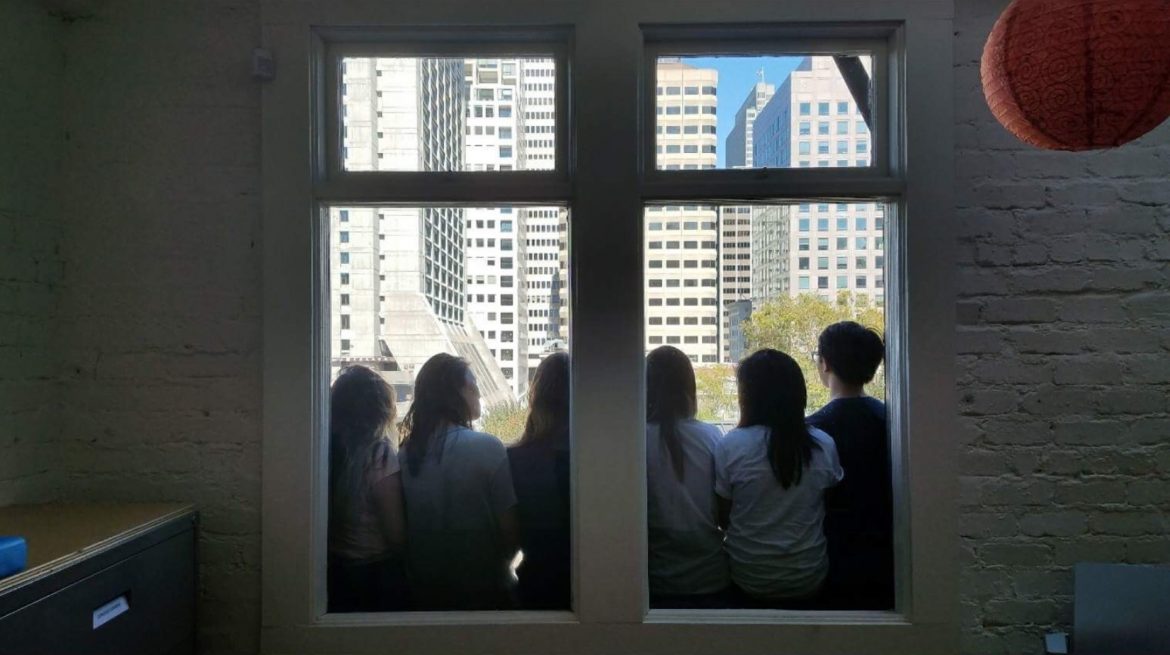Physical, Emotional, and Material: Reflections on Community and Care
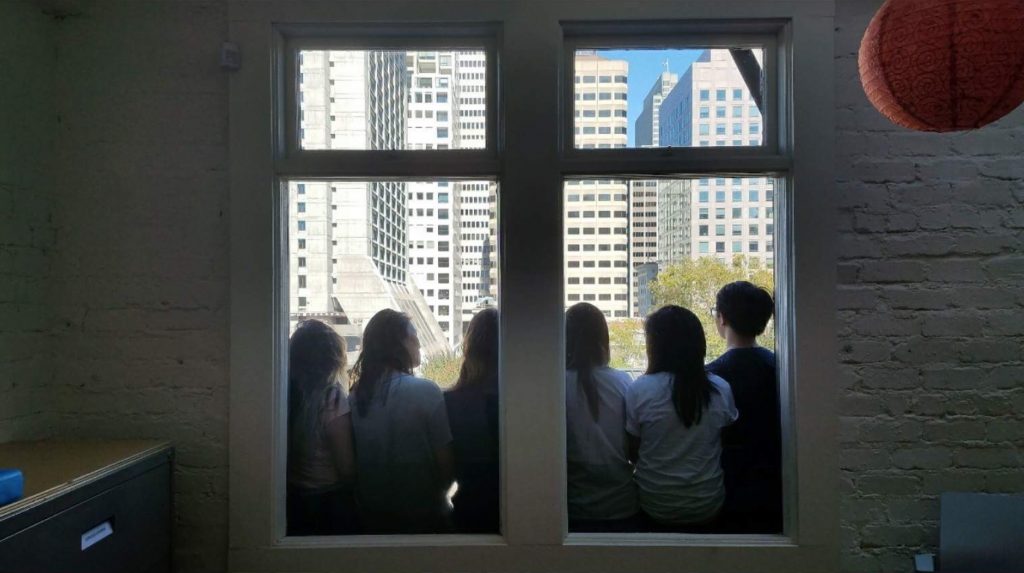
APIENC’s summer internship is transformative and revolutionary. Never before have I been given so much time, space, and intentional care to focus on my own self-growth and process. I have learned that actively creating the world we want to see requires constant self-reflection and reevaluation, to ensure that our path towards liberation makes sense for us and our community. Thank you, APIENC, for another opportunity to reflect and grow:
As an APIENC intern this summer, I was tasked with strengthening our engagement with LGBTQ API elders and aging communities by setting the foundation for an intergenerational community care network. In an effort to better understand our community’s needs, I spent much of my summer building 1-1 relationships with elders and aging folks. They were often eager to speak about their histories with activism, their personal struggles with aging, and, importantly, creative ways for folks across generations to support one another. In retrospect, these 1-1 spaces of mutual communication, values, and care were healing experiences for me; the normalization of asking and giving within these conversations laid foundations for interdependence and trust.
I could feel at my core the abundance of creativity, time, and energy that exists within strong interpersonal relationships. This feeling felt true in all of my internship experiences, from the ways our intern cohort, Sammie, and MLin built with each other over 8 weeks, to the intentionality with which we brought folks into our space and helped them feel connected. In just two months, the relationships I built and saw others build helped me feel more grounded in myself and my community than ever before. These relationships are radical spaces of love and vulnerability that can heal our traumas, ensure the sustainable thriving of our communities, and serve as sources of community care. I have learned that intentional relationship building is often the bedrock of community organizing.
Yet, while this is all very true and very tender, I am forced to remind myself that valuing relationships can also come with contradictions. During internship check-ins, I was often given positive feedback about the care and emotional attentiveness I brought to community interactions. While I love that expressing care is one of my primary ways of engaging with community, I couldn’t help but feel conflicted as I asked myself, “Am I expressing this care for myself too? My work is important and fulfilling, but am I being honest about my needs?”
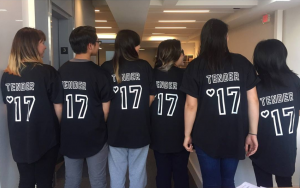
My relationships with community members are the most important spaces of healing, love, and growth in my life, AND building a relationship is a labor of love – meaning that it is real work and takes a ton of emotional energy. I often struggled this summer with finding a balance between focusing on my relationship building with others at work, and healing myself. I know that these two sides are not mutually exclusive and that personal healing is an inherent part of this work, but what does moving forward look like? What does it mean when your primary way of engaging with community can also harm yourself?
I am brought back to my 1-1 conversations with community elders. One of the primary needs that elders and aging folks in our community stated is the need for social and emotional connections. Whether it is me, or other folks who partake in this community care network, investing emotionally in relationships is going to be a key part of meeting this need. In fact, emotional energy and work are going to be key in meeting any need, from the physical, mental, or material, and in both intragenerational and intergenerational spaces. So, in the context of our community as a whole, how do we engage in care-related work while still keeping in touch with ourselves? And, how do we create transformational, not transactional, relationships that actively (re-)energize us?
While I am still in process with many of these open-ended questions, I think much of the answer lies in the idea of living interdependently. Interdependence asks for vulnerability in communicating your own and listening to others’ needs. An interdependent community care network should be multi-directional and should reinforce each individual’s personal agency as a receiver and giver of care, resources, and labor. This can mean fighting for opportunities for elders to create their own systems of care, while encouraging organizers to pave their personal paths to healing. In either case, an intense dedication to community relationships can also be an intense dedication to oneself; it is our responsibility to do this for ourselves, and to make sure those around us are doing it too (to the extent that we have the capacity to do so).
Community care should ultimately be a renewable resource, for all of the movements, communities, and spaces we are a part of. While I can’t say with much concreteness yet what this looks like day-to-day, I believe in our power as a community to create it. I leave you with a few questions to imagine with:
- In an ideal community, what does caring for each other feel and look like, physically, emotionally, materially, and beyond?
- In what ways do community care and personal care intertwine, and how do we make space for all of it?
- How can we reframe the contradictions in our lives/communities as opportunities for learning and growth?
Thank you for joining in this process and growing with me.
